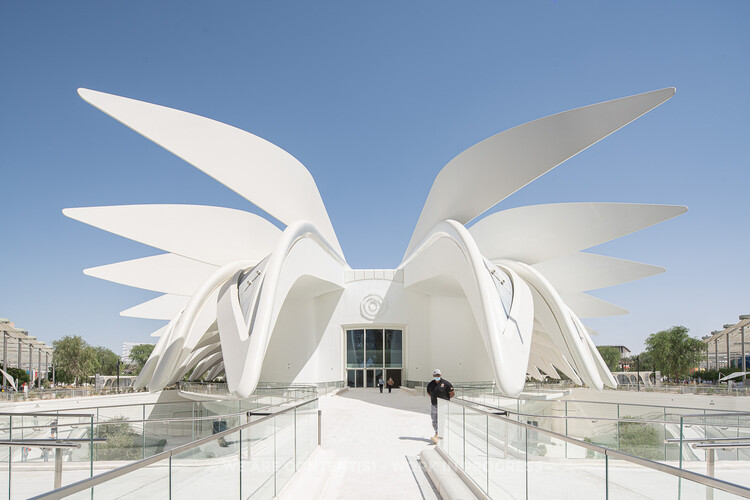Introduction to Modular Construction
Modular construction has emerged as a groundbreaking technique in architecture. This method offers numerous advantages by manufacturing building sections in a factory setting. Unlike traditional construction, commercial modular buildings allow for better quality control and faster project completion, marking a significant shift in the industry.
This innovative approach is transforming how we think about building design and efficiency. By prefabricating modules in a controlled environment, delays due to weather conditions and logistical issues are significantly reduced. This means projects can be completed quicker and with fewer headaches. The rise of modular construction has made it possible to rethink traditional architectural limitations and explore new, more efficient methods for building complex structures.
Additionally, modular construction is inherently more sustainable, as it often results in less material waste and lower energy consumption during the building process. The ability to work on-site preparation simultaneously with off-site module construction further accelerates project timelines. This approach also improves worker safety by carrying out a large portion of the construction in a controlled factory setting, minimizing the risk of exposure to dangerous situations on the job site. Modular constructions are versatile and can be conveniently extended or reorganized to fit evolving requirements, offering flexibility for businesses and developers. With the progression of technology, modular construction is becoming more precise and capable, leading to increased opportunities for creative and efficient building options.
Benefits of Modular Construction
The advantages of modular construction are manifold. One significant benefit is the reduction in construction time. Since modules are constructed off-site, weather conditions have minimal impact on the schedule. Additionally, modular construction generates less waste and often proves to be cost-effective.
- Speed: Faster project completion due to simultaneous site preparation and module construction. This means businesses can start operations sooner and generate revenue more quickly.
- Cost Savings: Reduced labor costs and fewer delays lead to overall cost reductions. Given the rising costs of traditional construction methods, this budget-friendly approach is particularly appealing.
- Quality Control: Construction in a controlled environment ensures consistent quality. Modules are built per precise specifications, reducing the likelihood of defects and enhancing overall structural integrity.
- Less Waste: Factory settings allow for efficient material usage, reducing waste. This eco-friendly aspect aligns with global initiatives to mitigate construction-related environmental impact.
Applications in Commercial Buildings
Modular construction is revolutionizing the commercial building sector, from office spaces to retail centers. The flexibility of modular units enables a wide range of design options and quick adaptation to shifting market demands. Popular applications include offices, schools, and healthcare facilities, where speed and efficiency are critical.
For instance, many retail businesses rapidly adopt modular construction to expand their presence in new markets. This allows them to build and open stores faster than ever before. The adaptability of modular units also means they can easily be reconfigured to meet changing business needs. This agility makes it easier for businesses to scale up or down without significant structural changes, keeping up with market trends while maintaining operational efficiency.
Sustainability and Eco-friendliness
One of the most appealing aspects of modular construction is its eco-friendly nature. Building modules in controlled environments reduces material wastage and allows for more efficient resource use. Furthermore, modular buildings are often designed to be energy-efficient, which contributes to sustainable architecture.
Energy efficiency is another crucial benefit. Modular buildings can be equipped with advanced insulation and energy-saving technologies from the outset, making them more sustainable in the long run. This approach benefits the environment and reduces operational costs for building owners. Additionally, modular construction often employs renewable materials and innovative building practices that align with reducing the carbon footprint and promoting eco-conscious living.
The transportation of modular units to the construction site also tends to have a more minor environmental impact than traditional construction methods, as it reduces the number of deliveries and associated emissions. Moreover, the controlled factory setting allows for better quality control, ensuring that sustainable practices are adhered to more rigorously. The adaptability of modular construction allows for incorporating sustainable technologies like solar panels and rainwater harvesting systems, increasing the eco-friendly features of the building. Additionally, the shorter construction timeline associated with modular building reduces the environmental disturbance to the site and surrounding areas. With the increasing need for sustainable solutions, modular construction is recognized as a progressive method that aligns with environmental and economic goals.
Technology Behind Modular Construction
Advanced technology plays a crucial role in the success of modular construction. Innovations such as BIM (Building Information Modeling) and 3D printing have revolutionized how modules are designed and produced. These technologies ensure precision and reduce errors, leading to safer and smarter constructions.
BIM enables architects and engineers to create detailed 3D models of modular buildings, allowing for better planning and coordination. This minimizes errors and helps ensure that all components fit together perfectly. 3D printing, on the other hand, can be used to create complex building components with high precision, further enhancing the quality of modular constructions. These technological advancements streamline the construction process and open new avenues for creativity and innovation in architectural design.
Future of Modular Construction
The future of modular construction looks promising. Modular construction will likely dominate the building industry with ongoing technological advancements and increasing awareness of sustainable practices. As more stakeholders recognize its benefits, modular construction could pave the way for a more efficient and eco-friendly future.
Due to continuous development in the construction sector, modular construction is expected to greatly influence the future of building structures. Whether it’s through the development of smart cities or the creation of resilient infrastructure, modular construction offers a sustainable and innovative solution for future architectural challenges. The combination of speed, quality, and environmental responsibility makes it a compelling choice for the next generation of buildings, promising a future where architecture meets the needs of society and the planet in equal measure.
